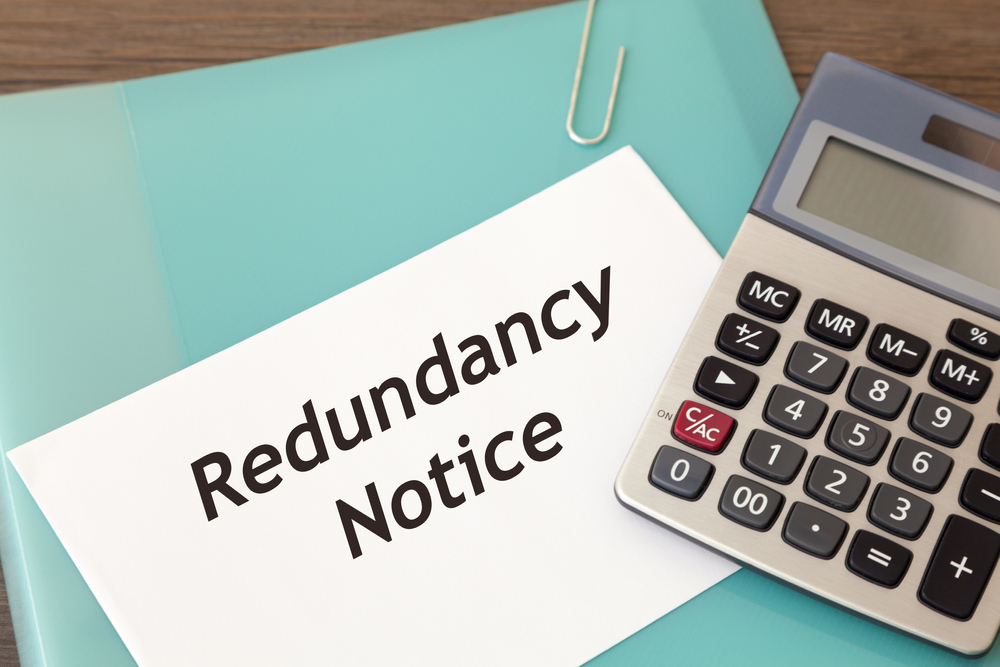Household Bills
Furlough and redundancy: What you need to know

The furlough scheme will run until the end of March 2021 providing staff with pay when they can’t work. While furlough is expected to delay inevitable redundancies, here’s what you need to know.
Furlough – the Coronavirus Job Retention Scheme (CJRS) – was due to come to an end in October after gradually being wound down since its introduction in March.
But with the second wave of the virus and fears over the economy and livelihoods amid the ongoing pandemic, the government announced it would extend the furlough scheme until March 2021.
Furlough cash
The scheme provides 80% of wages for hours not worked, up to a cap of £2,500 a month. There are currently no employer contributions to wages for hours not worked and employers only need to cover National Insurance and pension contributions for hours not worked.
For an average claim, this amounts to 5% of total employment costs or £70 per employee per month.
The scheme is for small or large, charitable or non-profit employers and it’s for employees on any type of contract.
Furloughed employees can be brought back to work on a part-time basis or full-time basis and there’s no requirement that either the employer or employee used the furlough scheme previously. Staff can’t work while on furlough, but they can go on training courses.
A crucial point is that employees must have been on an employer’s PAYE payroll on 30 October 2020.
The CJRS will be reviewed in January to see whether economic improvements mean employers may need to contribute more towards employees’ pay.
Can I be furloughed instead of being made redundant?
The scheme is designed as an alternative to redundancy during these challenging times, but inevitably, some businesses will not be able to survive as they are, meaning redundancy will be on the horizon for workers.
The answer isn’t clear cut as it relates to being on your firm’s payroll on a particular date, but the decision is ultimately at the firm’s discretion.
You could request to be furloughed but you must have been on the payroll on or before 23 September 2020 with the PAYE submission made by the employer by 30 October (and been made redundant after).
Another important point is that while you can ask, your employer can refuse. The furlough scheme is meant to provide support for ‘viable’ jobs that may be temporarily affected during coronavirus.
Can my boss furlough me but refuse to pay pension and National Insurance?
Kate Palmer, HR advice and consultancy director at Peninsula, says government guidance on this issue is clear.
“Employers must pay National Insurance and pension contributions for furloughed staff, and the government will pay 80% of their wages.
“If they cannot meet this requirement, they should not seek to furlough their staff and instead consider alternatives”, she said.